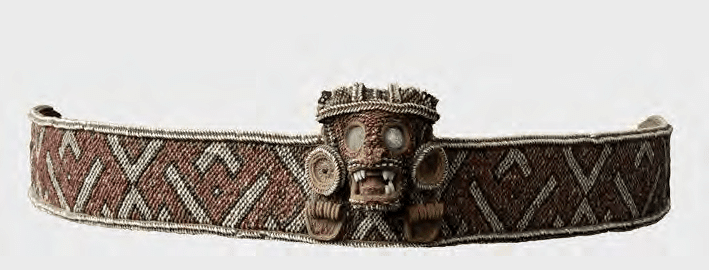After reading Guitar's dissertation, one begins to see even more clearly how important the "Taino" past is to the formation of the Dominican Republic and, by extension, all of the Spanish Antilles. Beginning with a detailed overview of the known facts and characteristics of Classic Taino civilization before 1492, Guitar draws on the chronicles, archaeology and, in some cases, common sense, to argue for the centrality of indigenous people, customs, and traditions in the making of the creole culture of Hispaniola. The African legacy, of course, is obvious and undeniably important, too. But seeing evidence of Taino and "Indian" survival and persistence in Hispaniola after the mid-1500s is fascinating. We have some questions about the later censuses and sources, naturally. Yet the fact that thousands of "Indians" of local and foreign provenance continued to live on Hispaniola after their alleged extinction helps elucidate why the indigenous legacy was and is so significant for the formation of creole cultures in the Spanish Caribbean. And despite the differences between Hispaniola and, say, Puerto Rico, one can arguably see a similar process in which indigenous persistence long after 1542 helps explain the elements of cultural (and biological) continuity observable in Puerto Rico. Whether or not this history justifies neo-Taino movements or reclamation, however, is another question.

No comments:
Post a Comment